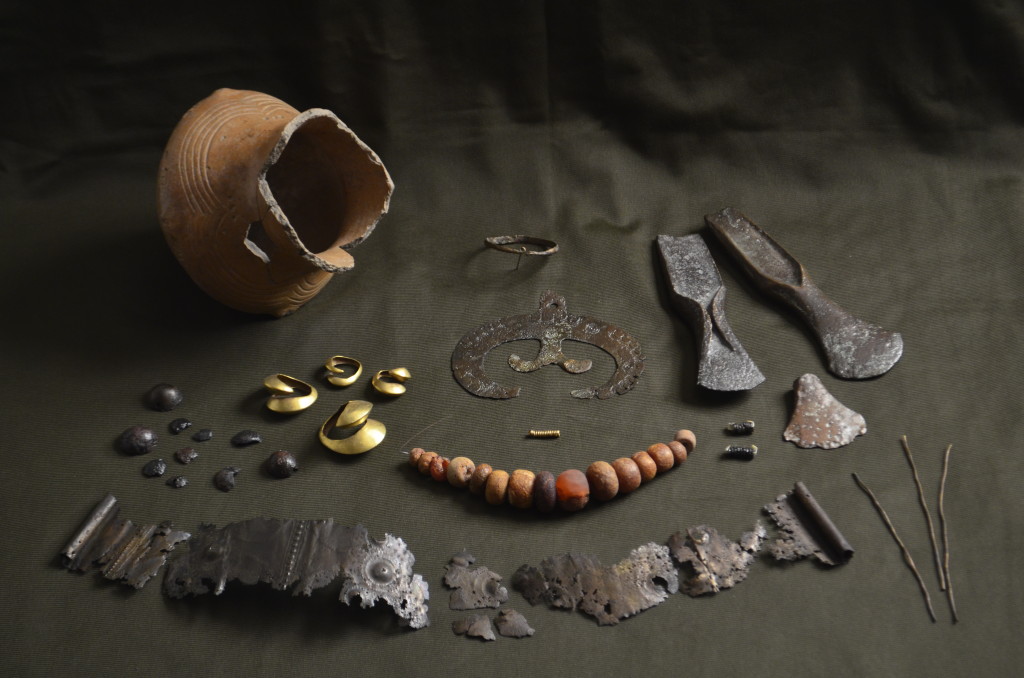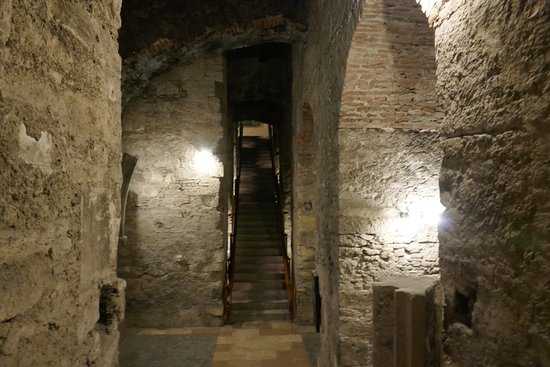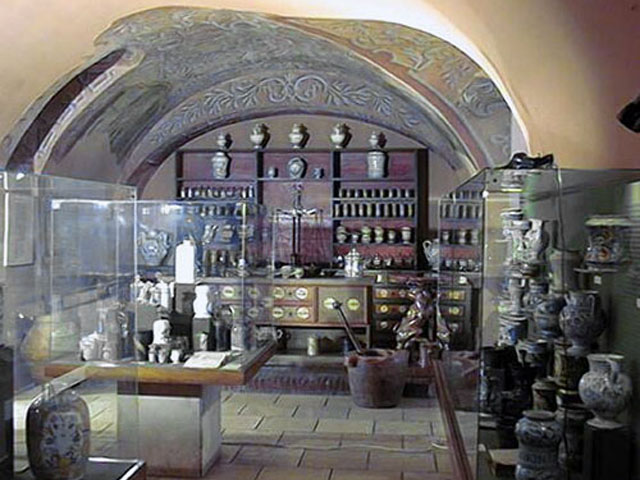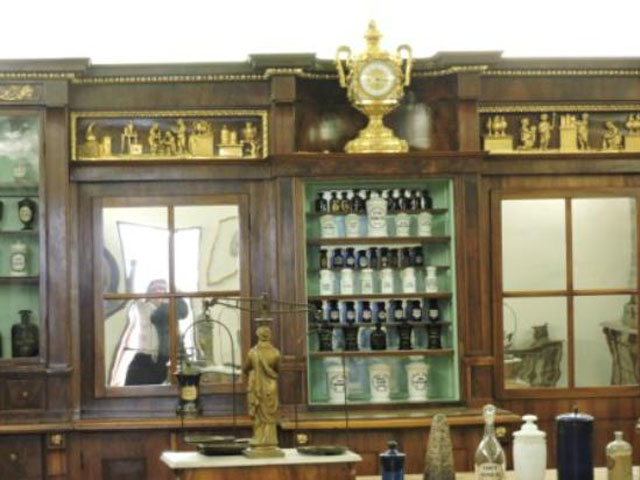History
Romans – Turks – Habsburgs – World War II – Communism – 1956 – Jewish Budapest – Museums
The Romans
Pannonia is the name the Romans gave to the area which covered Hungary. Its capital, Aquincum (which later became Budapest), was then a city of 15,000 inhabitants. Aquincum is on the outskirts of Budapest and can be reached on public transport.
Aside from the excellent museum, remains of an amphitheatre, mosaic floors, tombstones, an aqueduct, statues and a reconstructed water-organ are the main attractions. There is a special Roman Spring Festival – Floralia – with theatre performances and gladiator shows in May.
Here are some pictures of what can be seen on a visit there:
The Turks
The Turks seized Buda in 1541 and Hungary was ruled over by the Ottomans until 1699. Due to fires and an earthquake, and the fact that the city was besieged five times before the Turks were finally defeated, there are few buildings or monuments that remain. There are, however, three Turkish baths and the tomb of Gül Baba (a famous Turkish martyr) as well as minarets in the Hungarian cities of Eger and Pécs, where this is also a beautiful mosque.
These are sites you can visit in Budapest:
The Habsburgs
The Hungarian perspective of the Habsburg Empire adds a new angle to a balanced historical evaluation of the Habsburg Dynasty. The Habsburg rule in Hungary starting in 1526 – when most part of the Hungarian Kingdom fell to the Turkish invaders – was marked by constant antagonism and unrest culminating in the 1848 Revolution and coming to a happy ending with the Compromise of 1867 by creating the Austro-Hungarian Monarchy which lasted for half a century until the end of World War I. The Habsburg attitude to rebellious Hungary is best characterised best by Cardinal Kollonich’s ominous threat addressed to the rebellious Hungarians: “First I will make the Hungarians beggars, then I will make them Catholic, and then I will make them speak German.”
EXPERT LECTURES ON REQUEST
Second World War
The Unwilling Satellite – Hungary in the Second World War
Hungary’s foreign policy line after World War I was predestined by the Versailles (Trianon) Treaty forced on the country in 1920, as a consequence of which two thirds of the territory of the Hungarian Kingdom was lost to the newly-established neighbouring countries where one third of the total Hungarian population became an ill-treated ethnic minority. The Hungarian efforts to revise the treaty and seize Hungarian-dominated territories back from Romania, Czechoslovakia, Yugoslavia and the Soviet Union was supported only by Mussolini’s Italy and Hitler’s Germany. The all-powerful Governor Horthy achieved his aim with their support and as a consequence of the First and Second Vienna Awards, Hungary seized some territories back. However, this also meant a commitment to enter the war on the German side with its catastrophic consequences including the loss of the Hungarian Second Army at the river Don, the German occupation of March 1944, the deportation of half a million Jewish people to death camps, and the destruction caused by the siege of Budapest.
EXPERT LECTURES ON REQUEST
Communism
From Terror to Goulash Communism
The history of Communism in Hungary dates back to the short-lived Council Republic led by Communist leader Béla Kun in 1919. A fully- fledged Communist system was, however, established only three years after the end of the Second World War. The system imposed on the country was wholly the Stalinist model backed by the occupying Soviet military. The subsequent oppression led to a popular uprising in 1956 which culminated in a war of independence against the Soviet Union (SEE BELOW).
Though the Revolution was brutally crushed by Russian tanks, the new Communist leadership established a more human form of socialism by introducing reforms from the 1960s on. As a result, the Hungarian version of Communism was more endurable than in other satellite countries. No wonder the Western media labelled it as Goulash Communism or ‘Hungary, the happiest barracks in the Communist camp’. By the end of the 1980s, however, the system proved to be economically unsustainable and it collapsed under popular pressure in 1989. The peaceful transition (the first time in Hungarian history) re-established democracy and the independence of the country.
EXPERT LECTURES ON REQUEST
Statue Park
The Memento Park was established after the fall of the communist regime as a place to display all the statues which had previously stood around the city. There are also other exhibits and a film about the Soviet era.
House of Terror
The House of Terror on Andrássy út, is intended to depict the extremism and terror of both the fascist and communist regimes. The building was used by the Nazis in 1940 and it was also the headquarters of the Hungarian KGB equivalent in the communist era. The dungeon cells have been left in their original condition – a sobering and informative visit to Hungary’s very recent past.
1956 Revolution
Hungary came under the rule of the Soviets following the second world war. A communist regime was established that lasted for about 40 years until its demise in 1989.
In 1956 the population of Hungary revolted against the Soviets – an uprising that was quickly quashed resulting in about 30,000 deaths and the exodus of about 200,000 Hungarians who fled to the USA and western European countries.
There are many statues, monuments and important sites around the city that trace the main events of this revolution, including the House of Terror (see above), as well as an exhibition in the Museum of Military History (see below).
Jewish Budapest
The Jewish presence in Budapest had reached 23% of the population (5% in Hungary as a whole) by WW1. Anti-Jewish measures began to be introduced in 1938. In May 1944, the first transports to Auschwitz began – Jews living in the countryside had less than a 10% chance of survival. Ghettos were established in Budapest for the capital’s Jews. The final death toll is estimated at 600,000.
Many Jewish sites can be visited in Budapest including the Great Synagogue, the Holocaust Memorial Centre, and the old ghetto area, now with Jewish restaurants and shops.
JEWISH BUDAPEST: GUIDED WALKING TOUR
EXPERT LECTURE: THE STORY OF JUDAPEST
The Great Synagogue
The Great Synagogue of Budapest is the second largest in the world. Guided walking tours of the area are organised – all details are contained on their website. The synagogue also houses the excellent Hungarian Jewish Museum which traces the history of Jews in Hungary, as well as exhibiting many artefacts and photographs of the second world war.
Jewish Museum
The Jewish Museum is housed in the synagogue and has a number of interesting exhibitions including its 100 Years-100 Objects exhibition.
Holocaust Memorial Centre
The Holocaust Memorial Centre was established in 2004 to provide a permanent home to the memory of all those who were put to death during the second world war. The architecture reflects the suffering of those it is dedicated to, while many parts of the museum are interactive. Personal belongings and documents are on display as well as a glass wall on which more than half a million names of those who died are inscribed.
SPECIAL HIGHLIGHT: We can arrange a talk with a holocaust survivor who will answer students’ questions about the situation of Hungarian Jews at this time.
Hungarian National Museum
The Hungarian National Museum presents the country’s history in a series of displays from ancient times to the present day. There are numerous permanent exhibits including archaeological finds, Turkish artefacts, medieval goldsmith work, through to toys, posters, jewellery, photographs and much, much more.
Budapest History Museum
Also known as the Castle Museum, this is located in the castle district of the city. The museum traces the history of Buda and Pest through its prehistoric finds, through the medieval beginnings of the castle, to the unification of Buda and Pest and to the destruction of the capital in the second world war followed by its reconstruction.
Museum of Military History
Also situated in the castle district, the Museum of Military History houses a huge collection of weapons from before the Turkish invasion to the present day. There are also uniforms, maps, flags, and special exhibitions on the WW1 and WW2 as well as on the 1956 revolution against the Soviets. (Weaponry is also kept at the National Museum – see below.)
Museum of Medical History
This is small museum, especially interesting to anyone studying the history of medicine and its development through the ages. The permanent exhibition of the Semmelweis Museum of Medicine represents the development of western medicine from the prehistoric age to the beginning of the 20th century.
Golden Eagle Pharmacy
Also run by Semmelweis university, the Arany Sas Pharmacy Museum which traces the development of the trade of the apothecary, and has a good collection of implements from the 18th and 19th centuries.
Hospital in the Rock
A secret complex of tunnels and caves under the Buda castle area was used in WW2 as a hospital and air-raid shelter; it was also used to treat civilian casualties in 1956. During the Cold War this area was developed to withstand a nuclear attack. The Hospital in the Rock Museum offers a fascinating insight into old surgical instruments, the working conditions underground and some Soviet memorabilia of the period.
Ambulance Museum
Stretchers, badges, transport incubators, first-aid kits, sirens, emergency lights, switchboards and more are on display at this unique museum. Visitors can also take a look at some modern and vintage rescue vehicles and equipment used at the turn of the 20th century.
Budapest Museum of Transport
Budapest Museum of Transport is currently under renovation, however, the Underground Museum is open – see General Tours.
FOR TIMINGS & COSTS SEE THE PLANNING YOUR TRIP PAGE












